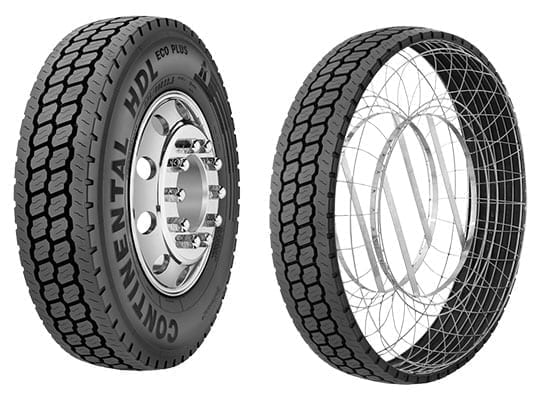Continental recently announced that it has increased production at its pre-cured tread manufacturing plant in Mount Vernon to meet high retread demand.
Due to its high-tech manufacturing process and retread sales growth, the plant has equipped itself to meet an expected 300 percent increase in production this year. To support the additional volume requirements, Continental hired a second shift of production employees in March.
“Continental saw a double-digit percent increase in demand for our retreads in North America last year,” said Tom Fanning, Vice President of Sales and Marketing for Commercial Vehicle Tires. “We expect that growth to continue as the quality of ContiTread becomes better known in the market and as we continue to add new partners to our ContiLifeCycle retreader network.”
Known for its quality, Continental offers its ContiTread pre-cured tread rubber only to its retread partners. To give customers a “looks like new, runs like new” advantage, the company develops many of its tread patterns identical to its new tires.
The plant’s sophisticated manufacturing equipment is helping the pre-cured tread plant to realize its efficiencies. An added advantage is its location on the company’s Mount Vernon campus since it is home to one of the largest rubber mixing operations in North America.
“We are achieving phenomenal outcomes by leveraging the team’s 40 years of experience in truck tire manufacturing to improve the tread profiles and rubber mixing process,” said John Barnes, Head of ContiLifeCycle Retreading for the Americas.
Continental has invested in technologically advanced production machinery to keep up the quality and consistency of its retread products and ensures optimum safety for the plant’s employees. The company also intends to create a position for itself as an employer of choice for the manufacturing workforce of the future. This also includes programmers and other engineering functions.
“Our changeover process to move from producing one retread pattern to producing a different one is completely driven by programming,” explained Barnes. “Where other plants, from other manufacturers, may have to go through a manual process, we’re able to create an automatic one, driven by digital expertise. This shortens our changeover time significantly. It also requires a different skill set in the operators.”



